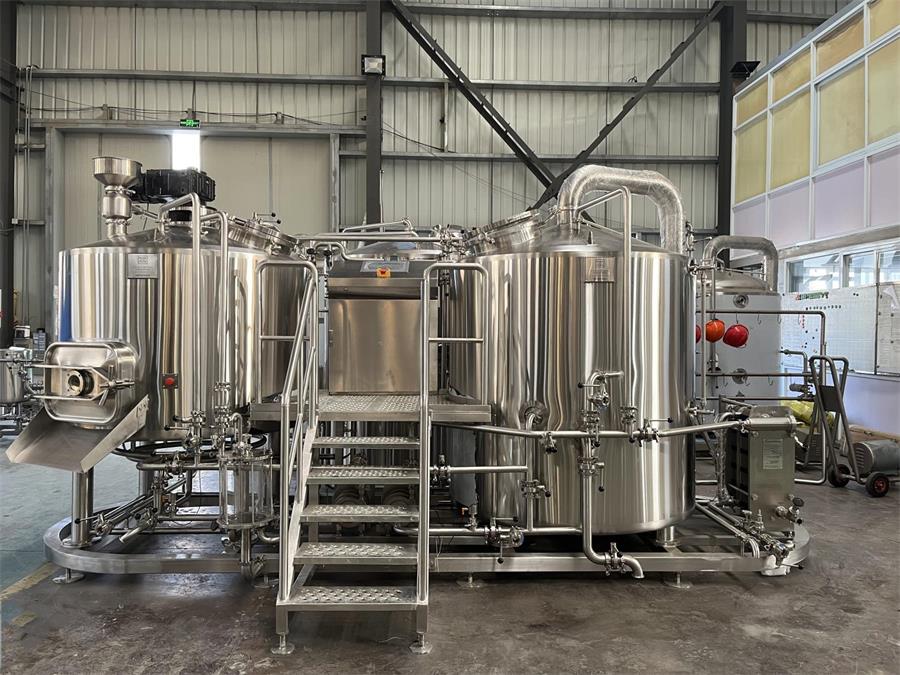How to Buy Brewery Equipment
Why Investing in the Right Brewery Equipment Matters
Let’s be real—brewing beer isn’t just about tossing hops into boiling water and calling it a day. It’s a delicate blend of science, art, and a touch of magic. And guess what? None of it works if your equipment sucks.
Buying the right brewery equipment is like picking the perfect guitar if you’re starting a band. Too small? You’ll outgrow it. Too complex? You’ll waste money and time learning. The right gear sets the tone for your beer’s flavor, your production speed, your energy usage, and ultimately, your bottom line. It’s about consistency, scalability, and quality.
In the world of beer-making, equipment isn’t just a tool—it’s your partner in crafting something that people will actually pay money to drink. Whether you’re opening a microbrewery or scaling your home brewing operation, your investment in quality equipment directly impacts your success.
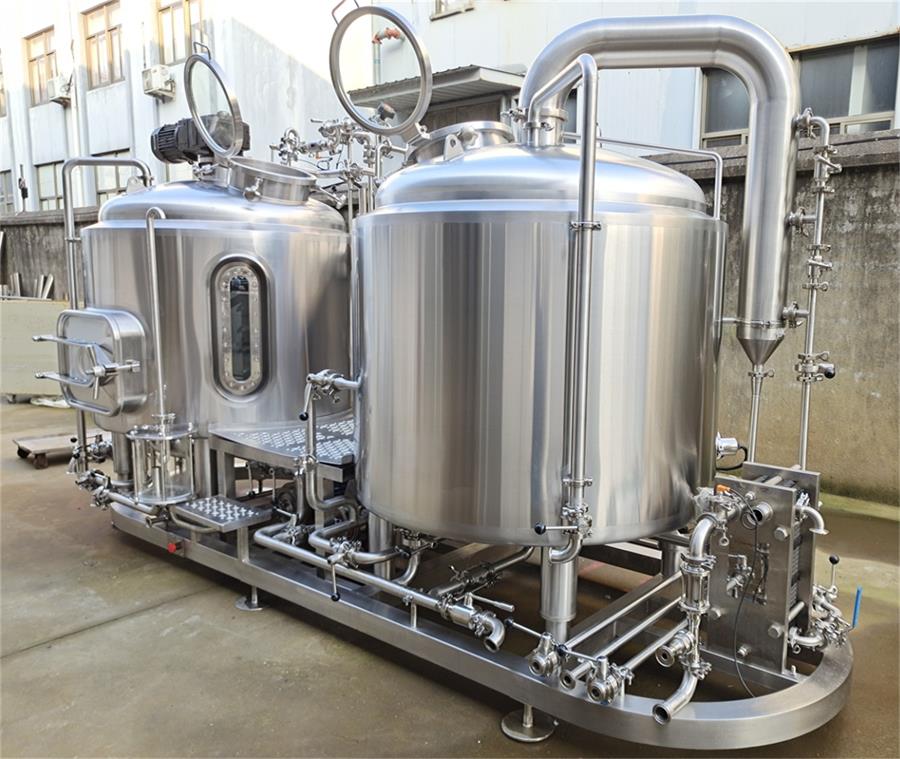
Types of Brewery Equipment You’ll Need
Brewery equipment is more than just kettles and fermenters. It’s an ecosystem. Let’s walk through the key components you’ll encounter when setting up a brewing system:
Mash Tun
This is where your grains and water meet for the first time to create a mash. The mash tun converts starches into sugars—aka the magic juice that becomes beer. Stainless steel or insulated mash tuns are great for temperature control and durability.
Lauter Tun
After mashing, the mixture moves into the lauter tun, which separates the wort (liquid gold) from the spent grains. Plate false bottoms and rakes can make your life a lot easier here.
Brew Kettle
Your brew kettle is where wort is boiled and hops are added. You want even heat distribution, strong seals, and proper venting. Electric, gas, or steam-heated—each has its pros and cons depending on scale and budget.
Fermentation Tanks
This is where the real transformation happens. Yeast eats sugar and makes alcohol and CO2. Fermenters come in various shapes and materials (conical is most common for pro brewers). Look for glycol jackets or temperature control systems to keep fermentation steady.
Bright Tanks
These hold your beer after fermentation and before packaging. They’re used for carbonation and clearing. The cleaner your bright tank, the clearer and crisper your beer.
Cooling System
Cold crash your beer, chill your wort, or maintain stable fermentation with glycol chillers or cold rooms. Skimping on cooling can ruin a batch.
CIP (Clean-In-Place) System
Unless you like scrubbing by hand for hours, a CIP system will save your back—and your beer from contamination.
Packaging Line
Whether it’s bottling, canning, or kegging, your packaging line affects efficiency and shelf life. Make sure your line matches your batch size and output goals.
How to Choose the Right Brewery Equipment
So how do you know what setup is right for you? Let’s break it down.
Define Your Production Goals
Are you brewing 1,000 barrels a year or 10? Your annual output directly influences the size and type of equipment. Overbuying or underbuying can sabotage your finances or limit your growth.
Consider Your Space Constraints
A full 10-barrel system looks great—until it doesn’t fit through your door. Measure twice, buy once. Think about ceiling height, drainage, floor load, and ventilation.
Budget with Flexibility
You get what you pay for, but that doesn’t mean you should throw your wallet at the most expensive gear. Set a budget that includes installation, training, and maintenance.
Look for Scalability
Planning to expand in the future? Choose equipment that can be upgraded or modular systems that let you add on as you grow.
Focus on Compliance and Safety
Local health departments, fire marshals, and inspectors will all have opinions about your setup. Buy from vendors that understand regulations.
New Versus Used Brewery Equipment Compared
| Feature | New Equipment | Used Equipment |
|---|---|---|
| Price | Higher upfront cost | Lower initial cost |
| Condition | Brand new, warranty included | May have wear, no warranty |
| Customization | Fully customizable to your specs | Limited to what’s available |
| Lead Time | Manufacturing time needed | Available immediately (usually) |
| Technology | Latest features and tech | May be outdated |
| Risk | Low (if bought from trusted source) | Higher due to unknown history |
| Resale Value | Depreciates slower | Already depreciated |
New is ideal if you want the latest, longest-lasting, and cleanest setup. Used works when you’re bootstrapping or scaling up without going bankrupt—just vet the source carefully.
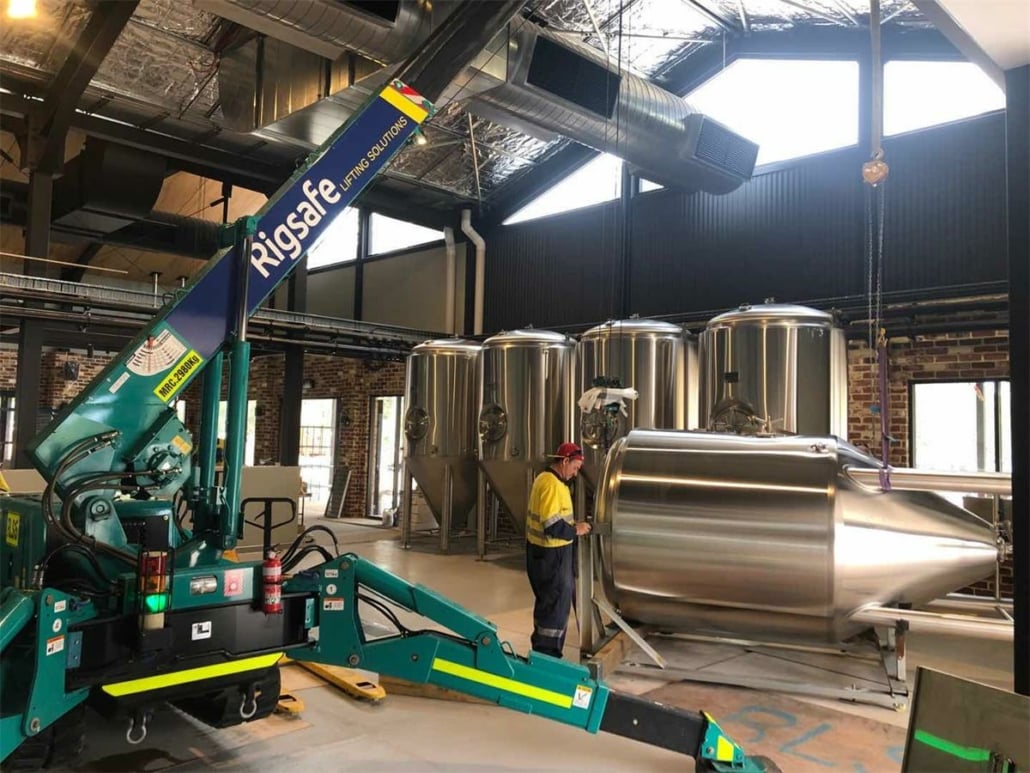
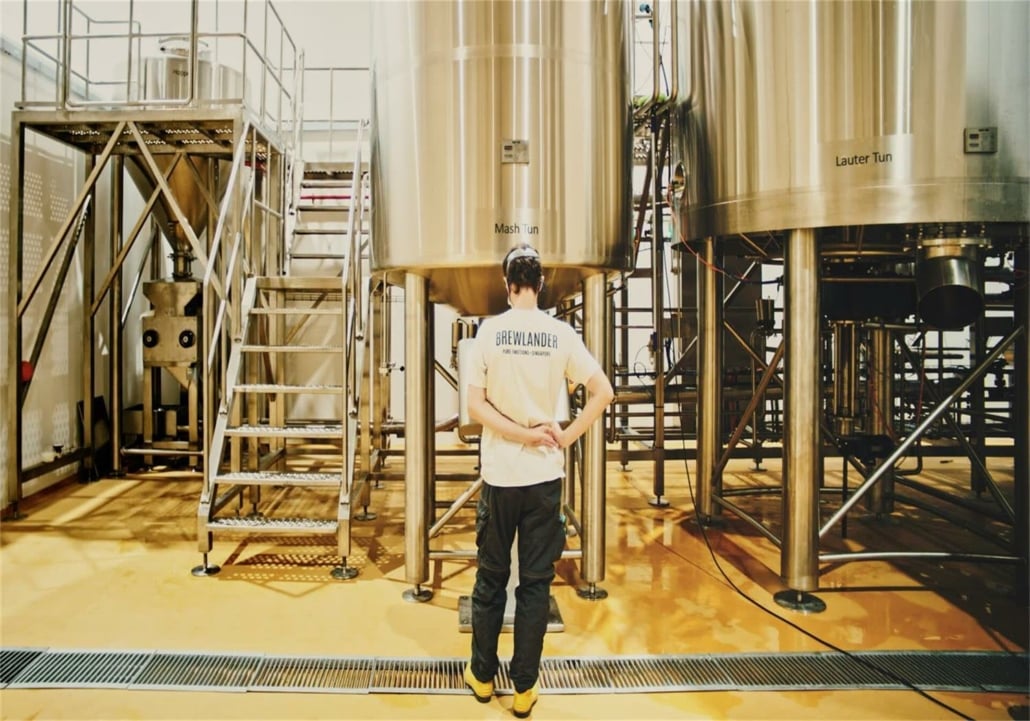
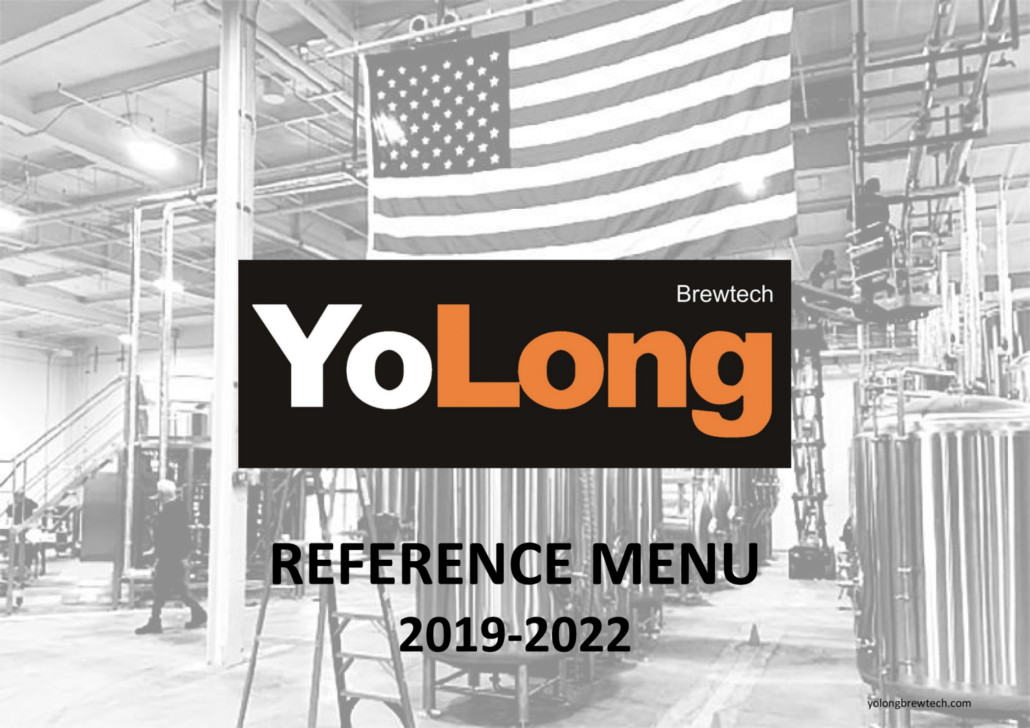

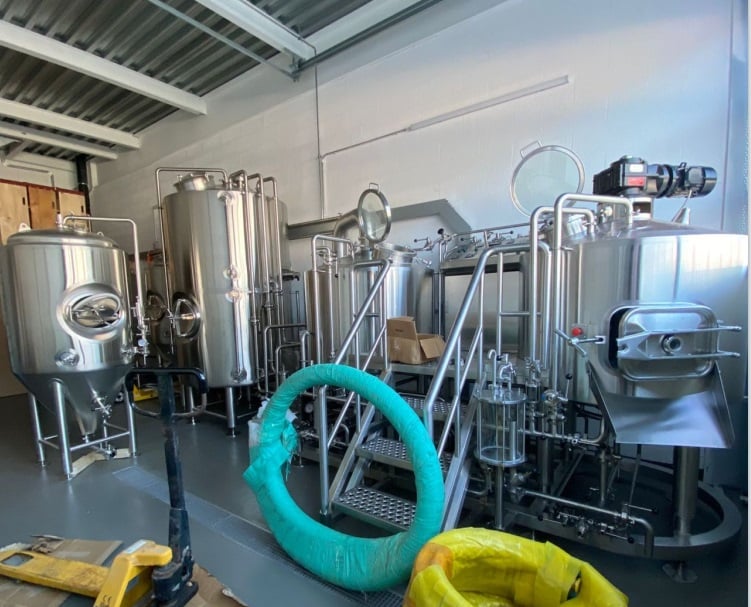

Top Considerations Before You Buy Brewery Equipment
Before you break out your credit card, take a breath. Consider these factors:
Water Supply and Quality
Beer is 90% water. Local water chemistry impacts taste, yeast health, and cleaning. Know your source and consider a filtration system.
Power and Utilities
Does your facility have 3-phase power? Is your gas line big enough? Can your drains handle brewery waste? Utility upgrades can cost as much as the equipment itself.
Ventilation and Steam Management
Hot, humid air and CO2 buildup are both safety and comfort concerns. You’ll need a solid HVAC plan.
Labor Requirements
Some equipment automates processes, others require hands-on attention. Choose gear that matches your labor force and skills.
Installation and Commissioning
Professional installation ensures warranties stay valid and that everything works as it should. It’s not DIY time.
Where to Buy Brewery Equipment
There are dozens of reliable sources for buying brewing equipment. Here’s how to find the right one:
Domestic Manufacturers
Companies like Portland Kettle Works, Stout Tanks, and Specific Mechanical offer high-quality systems made in the USA. These are great for support, compliance, and easy communication.
International Suppliers
Chinese and European suppliers often offer lower prices. ABE Equipment and Tiantai are popular names. Always factor in shipping, tariffs, and after-sale support.
Brewery Auctions and Resellers
Websites like ProBrewer, EquipNet, or used-brewing-equipment.com are gold mines for used gear. Ideal if you’re okay with some wear and tear.
Custom Fabricators
Some shops build systems tailored to your space and process. Expect higher costs, but also a perfect fit.
Cost Breakdown and Budget Tips for Brewery Equipment
Here’s a general idea of what you might be looking at financially, depending on your brewery size.
| System Size | Estimated Cost Range | Notes |
|---|---|---|
| 1-3 BBL (Nano Brewery) | $50,000 – $100,000 | Ideal for small taprooms or R&D setups |
| 5-10 BBL (Microbrewery) | $150,000 – $300,000 | Suitable for local distribution |
| 15-30 BBL (Regional Brewery) | $300,000 – $700,000+ | For wide distribution, includes full packaging lines |
Budget Tips
- Don’t blow your budget on tanks and ignore utilities.
- Leave room for maintenance and spare parts.
- Always add 20% contingency—you’ll need it.
- Check for financing or leasing options.

FAQs
| Question | Answer |
|---|---|
| How much does it cost to start a small brewery? | A nano setup (1-3 BBL) can be launched with around $100K including space, licensing, and setup. |
| Can I start with used equipment? | Absolutely. Just make sure it’s been inspected, maintained, and ideally sourced from a reliable vendor. |
| How long does it take to get brewery equipment? | New systems can take 3-6 months to fabricate and ship. Used equipment can be installed much quicker. |
| What licenses do I need to operate a brewery? | You’ll need federal (TTB), state, and possibly local licenses. Each one varies by region. |
| Do I need a brewmaster to operate my system? | If you’re not experienced, hiring one is a good idea to avoid costly mistakes. |
| How do I know what size system to buy? | Estimate your annual production, batch size, and taproom/distribution goals. Talk to other brewers and vendors for input. |
Share this entry
Interested in learning more about Brewing Systems including additional details and pricing information? Please use the form below to contact us!
YOLONG BREWERY EQUIPMENT FAQS
- Commercial Brewery / Craft Brewery / Microbrewery / Nanobrewery
- What is The Difference Between Craft Beer and Industrial Beer?
- The Bespoke Differences In Custom Brewing Systems
- Everything You Need to Know About Kettle Souring
- How to Choose Brewing Equipment for Your business?
- How To Choose The-Best Partner To Build Your Commercial Microbrewing System?
- Two Detection Sensors That You Need To Use In Your Brewhouse System
- Remote Control Applications in Brewing Equipment/How does it work?
- How To Clean Your Brand New Brewery Tanks?

